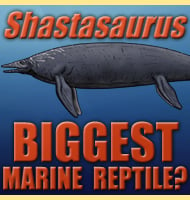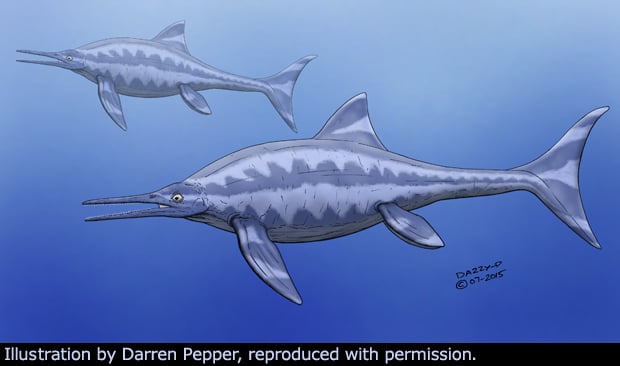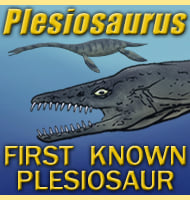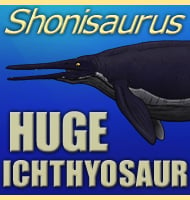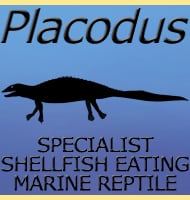


Barracudasaurus
Name:
Barracudasaurus
(Barracuda lizard).
Phonetic: Bar-rah-coo-da-sore-us.
Named By: Jiang, Hao, Maisch, Matzke
& Sun - 2005.
Classification: Chordata, Reptilia,
Ichthyosauria, Mixosauridae.
Species: B. maotaiensis
(type).
Diet: Piscivore.
Size: 1 meter long.
Known locations: China, Guizhou Province, Maotai.
Time period: Ladinian of the Triassic.
Fossil representation: 2 individuals, including
skulls and post cranial remains of the shoulder girdle and front fins.
Initially
described in 1965 as Mixosaurus
maotaiensis, a later second
specimen revealed that this was actually a different genus. Standard
procedure when erecting a new genus from a previously described
species involves using the original specific species name to
establish the type species of the new genus, in this case resulting
in Barracudasaurus maotaiensis. Barracudasaurus
was chosen in
reference in its similarity to the Barracuda, predatory fish that
swim in today’s oceans. The specific name means ‘from Maotai’,
a town in Guizhou Province where the remains were found.
The
key difference between Barracudasaurus and Mixosaurus
is in the teeth,
with Barracudasaurus having one row of teeth which
become robust and
rounded towards the back. This suggests that Barracudasaurus
included
a larger number of shelled prey animals in its diet. Mixosaurus
by
contrast seems to have been a more dedicated hunter of softer prey like
fish and squid.
The
presence of Barracudasaurus in China has been used
to suggest a core
origin of the evolution of ichthyosaurs
as coming from Asia however
this remains difficult to prove. There are many different genera of
early ichthyosaurs that display features that suggest they are more
advanced while others have different advancements that are still
lacking in the advanced features of other ichthyosaurs. One such
ichthyosaur is Utatsusaurus,
and while it is known from Asia
(specifically Japan) it is also known from the west coast of
Canada. Back in the Triassic these areas were at almost opposite ends
of a supercontinent called Pangaea which suggests that the early
ichthyosaurs were a very wide ranging group, and as such the point of
origin of the group remains uncertain.
Further Reading
- A basal mixosaurid ichthyosaur from the Middle Triassic of China. -
Palaeontology. 48 (4): 869–882 - Da-Yong Jiang, Wei-Chan Hao, Micahel
W. Maisch, Andreas T. Matzke & Yuan-Lin Sun - 2005.
Random favourites
 |
 |
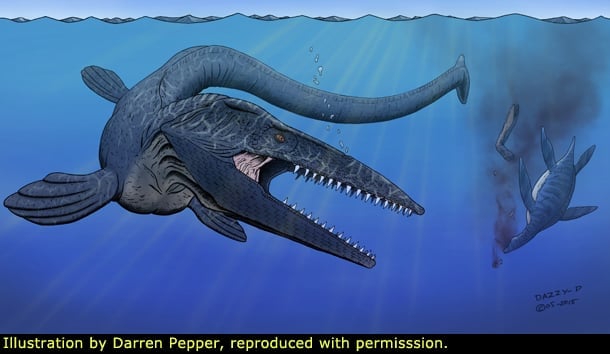 |
